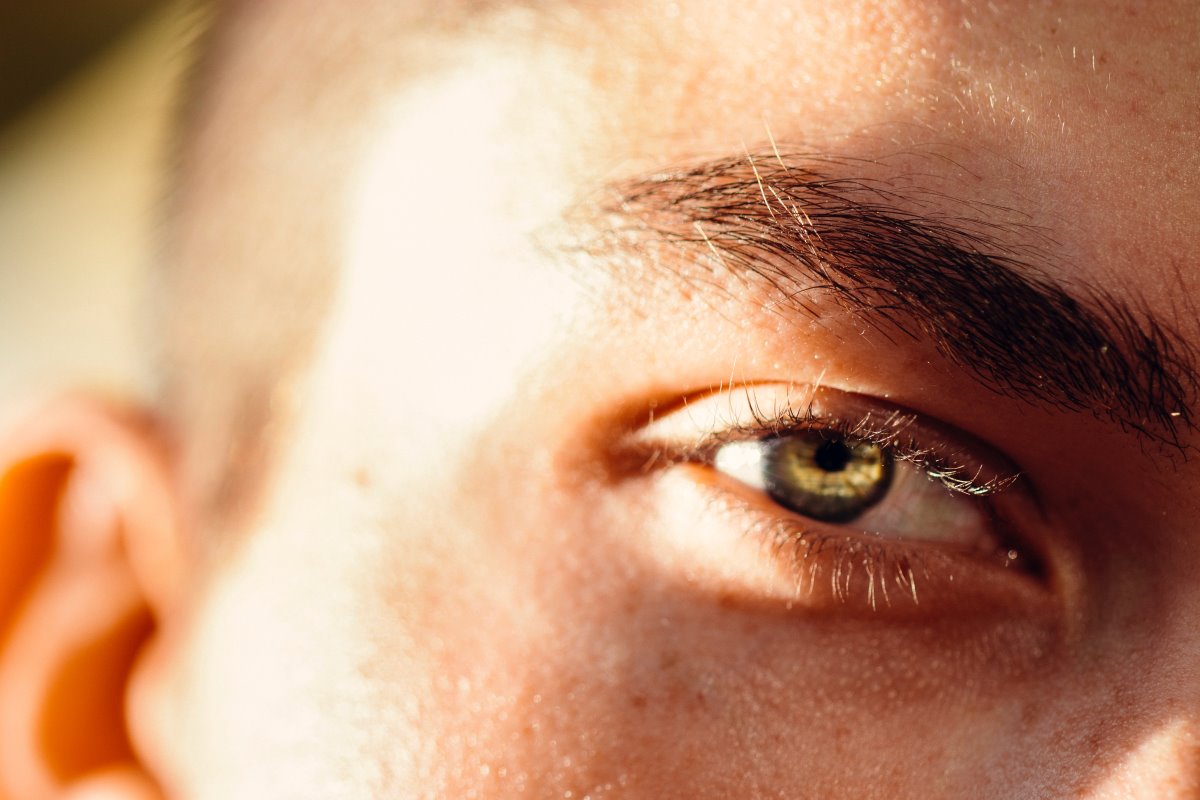Anisocoria: Why Is One of My Pupils Bigger than the Other?
Pop question: Have you ever looked closely at David Bowie before? If you search him up right now and look carefully, you’ll see that his eyes have one pupil bigger than the other. And no, that effect isn’t a result of wild contact lenses.
Uneven pupils like that are a medical condition called anisocoria. If you’re wondering about this unusual condition, don’t fret. We got complete answers for you as you scroll down.
What exactly is the pupil, and what does it do?
If you don’t know where your pupils are, get a mirror and look deep into your eyes. See the little black dot in the center of your iris? That’s called the pupil.
The pupils are tiny holes or openings in the middle of your eye. Despite its small size, the pupil is significant in ensuring you can see daily.
How it works is pretty simple. In a nutshell, the pupil controls how much light can enter your eye. If your eyes work like a camera taking your surroundings in, the pupil is your camera shutter.
These little holes connect straight to the retina of your eye and let the light inside. The retina transforms the received light into electrical signals, which the optic nerve sends directly to your brain.
The brain will then process these signals as images you see. All in all, that’s how your vision works every day. It’s an entire system that takes milliseconds to process.
Since they work with light, the pupils dilate when you’re in a dark place, and they contract when there’s a lot of light. They naturally react depending on the time of the day and where you are in physical form.
However, there might be times when your pupils work differently than they used to. Like the rest of your eye, they’re not exempt from health risks or physical damage.
One of the common issues that you might experience is when one pupil is bigger than the other. This condition is called anisocoria, but the cause is a bit more challenging to say for sure. It can be a result of something serious – or nothing at all.
What might cause anisocoria?
Anisocoria, or uneven pupils, can affect at least 10 to 20% of people worldwide. Some infants are even born with this condition. It can make your pupils abnormally large or too tiny, like pinpoint pupils.
In some cases, especially for newborn infants, they might get diagnosed with ‘physiologic anisocoria.’ Experts consider this type of uneven pupils benign, and the condition may fade after some time.
However, if your pupils looked normal before, and started getting uneven now, here are the potential reasons behind it.
Neurological causes of anisocoria
- Intense migraines
- Glaucoma
- A history of seizures
Pharmacological causes of anisocoria
- Eyedrops
- Scopolamine skin patches, which prevent nausea and motion sickness
- Other types of medicine, like asthma inhalers, can cause pupil dilation
- Addictive drugs like cocaine
Traumatic causes of anisocoria
- Brain aneurysm
- Stroke
- Meningitis
- Brain tumor
- Third nerve palsy
- Severe injuries and physical trauma to the head
How to tell if you have anisocoria
Aside from the unmistakable sign of one pupil bigger than the other, more symptoms can point straight to anisocoria.
If you’re experiencing the following symptoms longer than expected, consult a doctor immediately.
- Blurry vision
- Eye pain
- Loss of vision
- Diplopia or double vision
- High sensitivity to light
Since the pupils affect your vision, any abnormality might indicate anisocoria. Uneven pupils can lead to vision problems and persisting pain.
Speaking of pain, you might also experience related symptoms outside of this eye condition, such as:
- Intense headaches
- Fever
- Nausea or throwing up
- Pain or tension in your neck
Getting treatment for anisocoria
Once you or your friend discover that one pupil is bigger than the other, call an eye doctor ASAP. That’s especially true if the size change was sudden or paired with other severe symptoms.
Generally speaking, the physician can quickly diagnose if you have anisocoria. Here’s what you can expect in diagnosing and treating this eye condition.
What happens during the diagnostic process?
First off, they’ll check your medical history. A simple scan of it can reveal when the condition started and its potential causes.
For instance, if you have a record of being addicted to drugs, that might’ve triggered the anisocoria. The same thing goes for head injuries, which happened to the superstar David Bowie in 1962 after getting into a fistfight.
A physical eye exam will be necessary too. The eye doctor will need to see if you still have 20/20 vision, how pupils work, and if they react to light. They’ll have to check for other symptoms and ensure that your eyeball has no complications.
Depending on your medical history, you might need imaging tests too. An MRI, CT scan, or X-ray session can check the connection between your neurological system and eyesight.
And lastly, if you have an infection, that’s grounds for another physical exam. Blood tests or a lumbar puncture, which take a sample of your cerebrospinal fluid from your back, might be necessary for this scenario.
Knowing your treatment options for anisocoria
After a complete and comprehensive check-up, the physician will prescribe your treatment options. However, remember that there’s no one-size-fits-all cure for treating anisocoria.
It all depends on the underlying causes. For instance, if an infection triggers your uneven pupils, you might get prescribed antibiotics or special anti-viral eyedrops.
For the most part, the physician will focus on treating the underlying cause behind the anisocoria. In severe cases, if brain tumors cause it, you might need to go into surgery, radiation therapy, or chemotherapy.
However, on the brighter side, some people with one pupil bigger than the other are in no harm. If you’re diagnosed with physiologic anisocoria and feel no other symptoms or pain, no treatment is needed. It’s all considered normal.
Err on the side of caution with uneven pupils
When it comes to uneven pupils, the best immediate call is to get an appointment with your eye doctor ASAP. Whether or not you feel it’s nothing, you still need to listen to their medical advice on what to do next.
Sometimes, it’s benign. However, in other cases, having one pupil bigger than the other can be a red flag for your health. Professional advice can help you avoid unpleasant health conditions, so see your doctor early!

Written by:
Jamie Mendiola
















